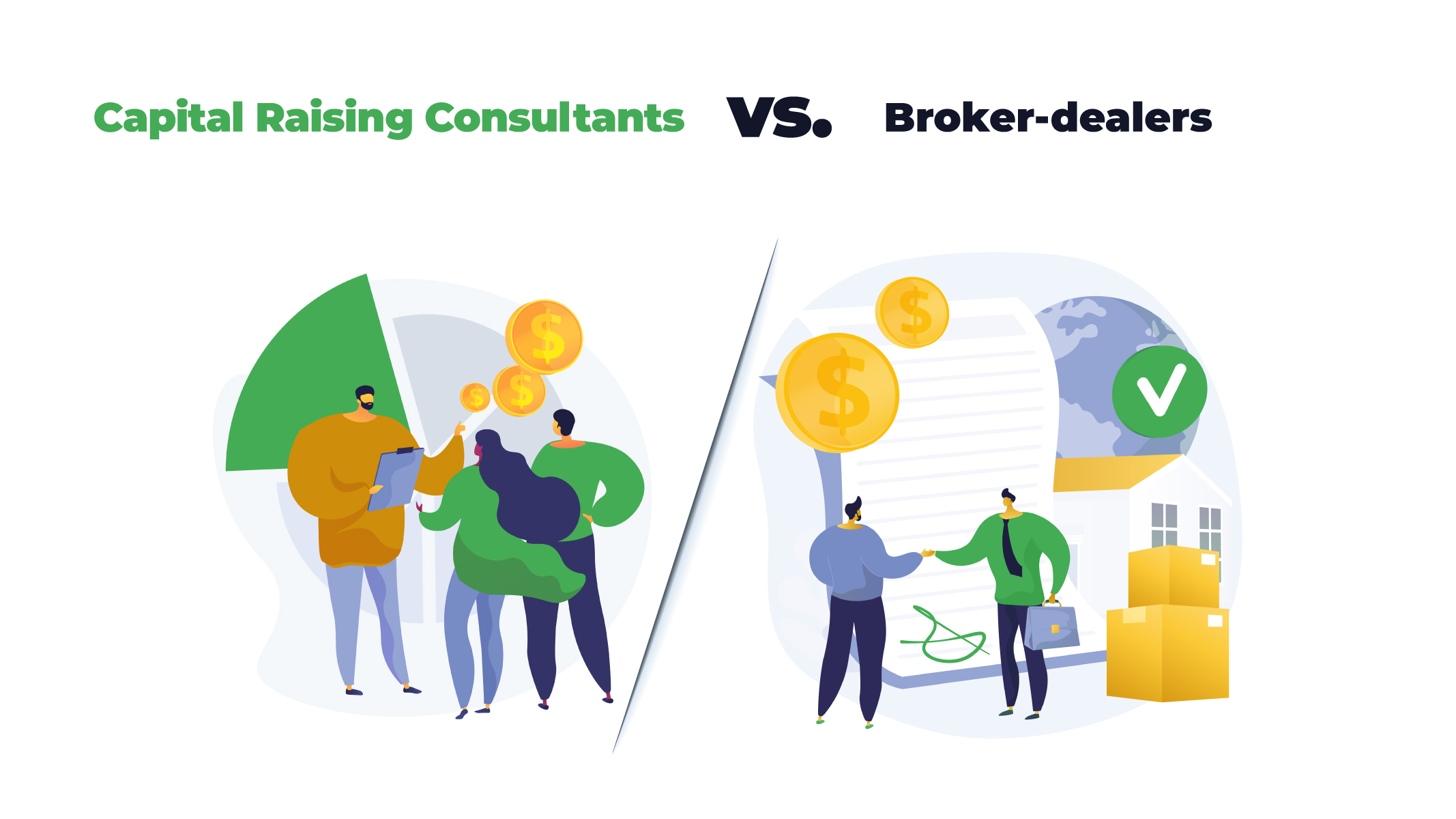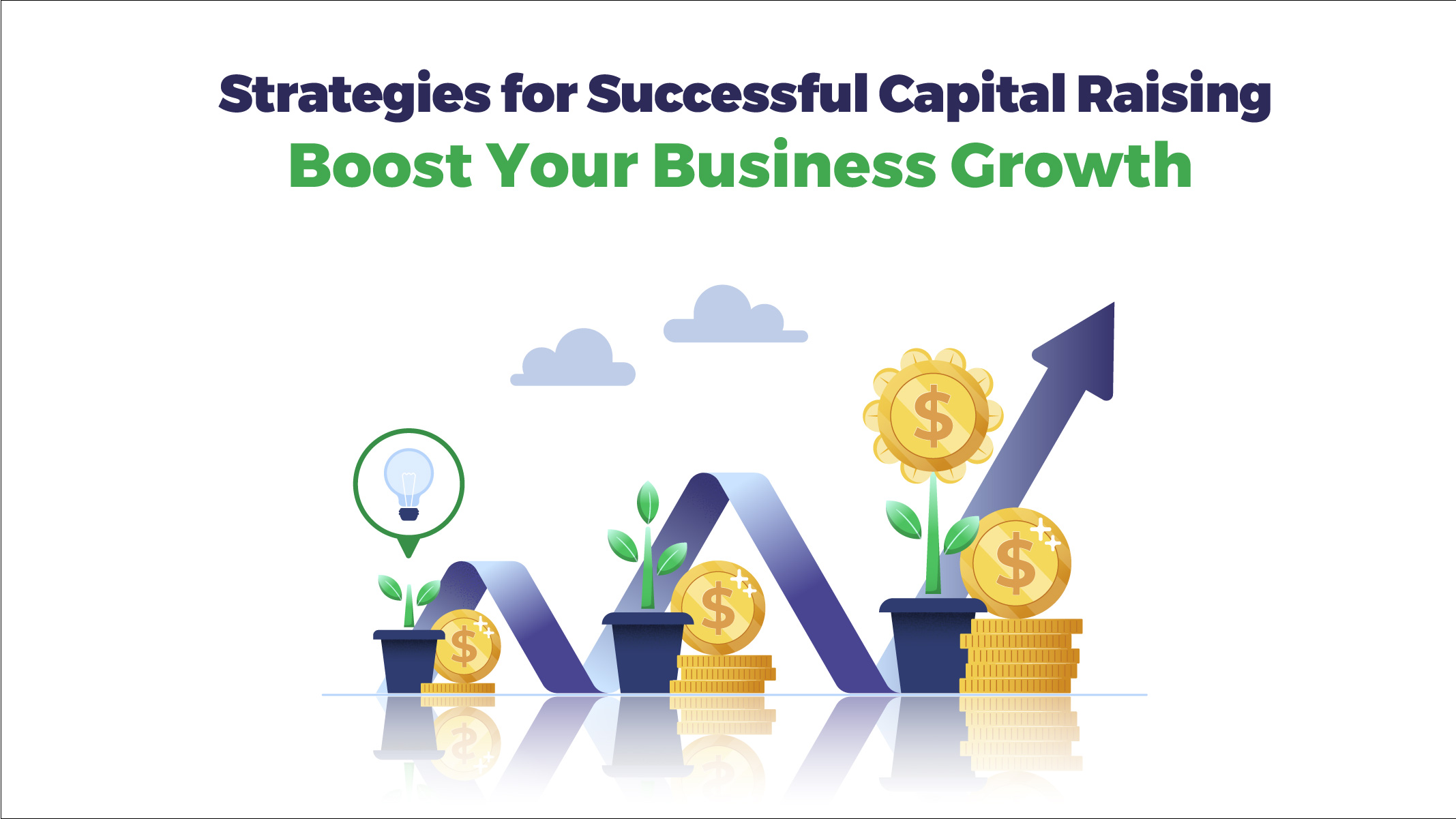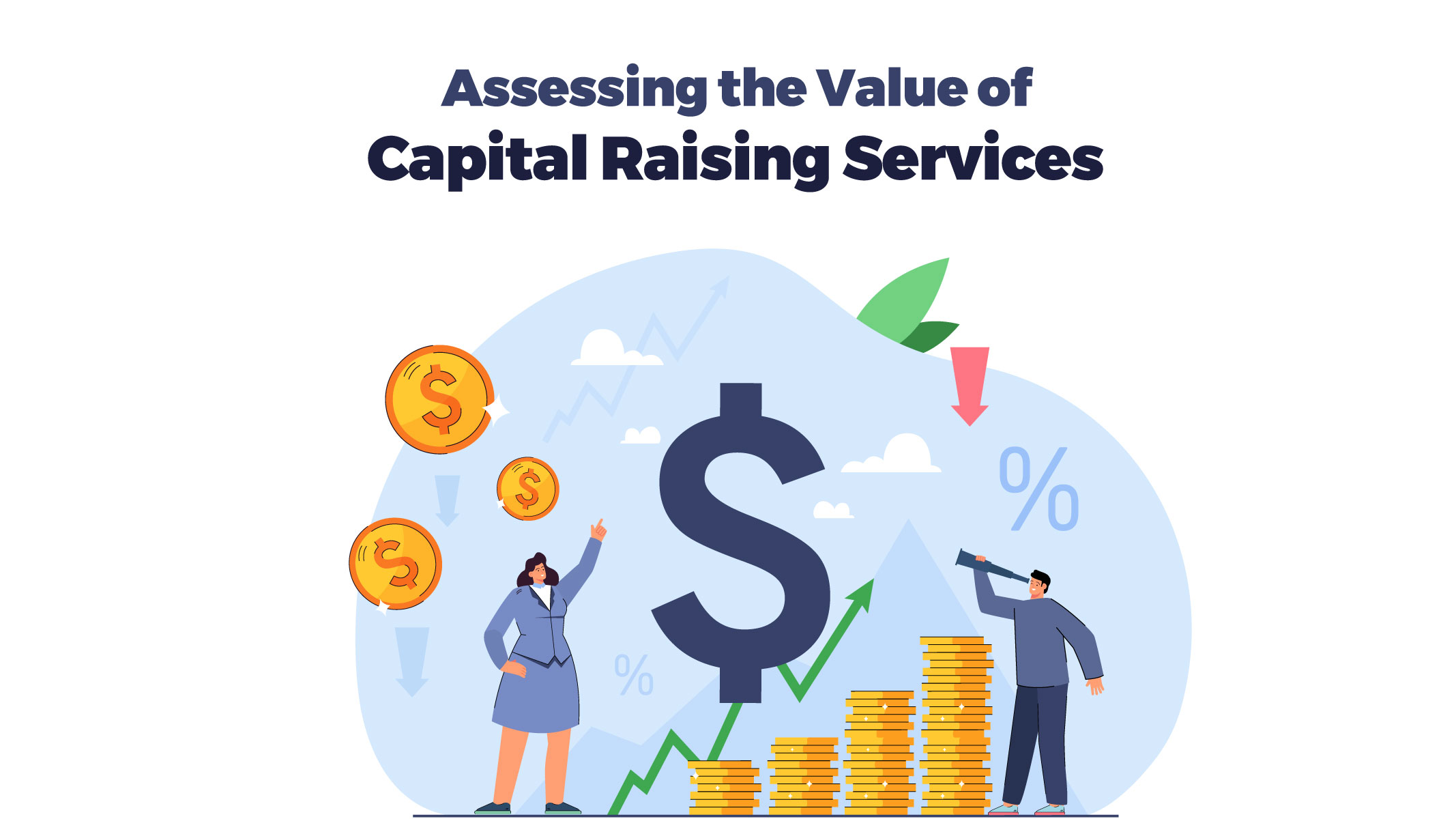VC dry powder probably won’t hurt early-stage startups
[read_meter]
At venture capital and private equity companies, “Dry Powder” refers to funds committed by investors but not yet “called” by investment managers for a specific investment. In other terms, it is a cash reserve that is awaiting investment. Dry Powder is a highly liquid asset that individuals and organisations utilise strategically to achieve financial success or alleviate financial distress.
Key Takeaways
- “Dry Powder” refers to funds committed by investors but not yet “called” by investment managers for a specific investment
- “Dry Powder” originates from the 1600s when it referred to gunpowder reserves that could be retrieved during a fight and were still in dry mode
- VCs can use “Dry Powder” to invest in a promising startup, and private equity companies can use it to acquire a struggling business
- Typically, rising “Dry Powder” is viewed negatively since it shows that current values are high
- Some venture capitalists believe the financing decline is temporary, and committed funds to venture capital companies (“Dry Powder”) will revitalise the startup industry in 2023
- Venture capitalists might allocate most of their “Dry Powder” to the most promising startups in their portfolios
- Pre-seed and seed companies probably won’t be hurt by this lack of investment and abundance of “Dry Powder” as it will be a long time until they can go public
How did the term “Dry Powder” originate?
This word originates back to the 1600s when it referred to gunpowder reserves that could be retrieved during a fight and were still in dry mode. In the context of private equity, this reserved gunpowder is analogous to investors’ committed capital; it is available to private equity managers who can demonstrate a compelling reason to obtain it (rather than battle an investment with the potential to create yields for the fund manager and their LPs).
How can investors leverage “Dry Powder”?
Dry Powder has several applications. For instance, a venture capital firm may invest a portion of its financial reserves in a potential business. A private equity firm may use its Dry Powder stock to acquire a struggling company, while a corporation could set aside funds for an add-on purchase.
However, it is not always evident when and how to spend this financial reserve. In 2020, Dry Powder levels in venture capital and private equity reached an all-time high, surpassing $1.5 trillion. With more cash available than ever before, companies struggled with deciding how to spend it and its potential impact on profits.
According to Pitchbook, private debt funds have around $273 billion in Dry Powder as of June 30, 2020. Approximately $66 billion of this cash was held by managers specialising in distressed debt, a category of riskier investments in struggling enterprises with the potential to deliver greater returns. As a result of the COVID-19 outbreak and economic meltdown, more capital has been placed on the market to capitalise on the disruption.
What does high “Dry Powder” mean for startups?
Typically, rising Dry Powder is viewed negatively since it shows that current values are high. The acquisition price of an item is one of the most critical determinants of an investor’s returns. However, the sheer amount of new investors and cash accessible in the private markets have inflated values, and competitiveness tends to be closely connected with inflated valuations. In addition, the most common cause of mediocre returns is overpaying for an investment. In periods of growing Dry Powder, private market investors are frequently compelled to wait patiently for values to decline (and purchasing chances to emerge).
“Dry Powder” in 2022 Trends
Prior to the pandemic, concerns about a competitive market, inflated risk assets, and an abundance of money were prominent, but COVID-19 flipped the market on its head causing market instability, particularly during the early phases of volatility. Later, the public equity markets (and the low-interest rate environment) led to a recovery. In 2021, the private markets witnessed a rapid revival after the pandemic had slowed fundraising and deal activity (M&A, IPO).
Thus, 2021 was a record fundraising year for private capital (and was one of the best years in fundraising activity since 2008). At the beginning of 2022, the market consensus looked quite positive, with forecasts of a record year for values and various leveraged buyouts (LBOs). However, increasing interest rates and the emergence of new geopolitical threats in 2022 appear to have deterred many risk-averse investors.
As a result, several investors have increased their allocations to real estate, assuming that the asset class is generally more resilient during times of high inflation (i.e., as an inflationary hedge), as seen by the increase in opportunistic and value-add strategies. Moreover, investments in infrastructure projects – such as roads and bridges – are anticipated to attract more money, given recent efforts and support from the government.
Two opposing views
Some venture capitalists believe the financing slump is transitory and suggest that the $290 billion of committed funds to venture capital companies (“Dry Powder”) will revitalise the startup industry in 2023. Micah Rosenbloom, a venture capitalist himself, wishes his fellow optimists were accurate. However, he argues that investors and business owners must be prepared for a potentially massive level of attrition if investments are activated more slowly.
Where does “Dry Powder” come from?
Retirement funds, financial institutions, trust funds, and wealth management companies are among the financing sources for venture capital businesses. These limited partners, or LPs, run enormously complicated portfolios. This era of turmoil presents them with a series of nested problems they must solve in order to fulfil their commitments to venture capital firms. Virtually, LP cash flow derives from the liquidity gained from the sale of past assets; hence, the amount of money they can pay to VCs is contingent on their other holdings. In the last year, liquidity has become considerably rarer, which may affect their balance sheets. Unrealised profits from markups are desirable, but cash returns determine where future money will be spent.
https://img.freepik.com/premium-vector/high-paying-jobs-high-salary-career-excellent-income-wages-make-money-online-with-computer-internet-concept-happy-businessman-working-with-computer-laptop-stack-money-bundle_212586-1653.jpg?w=2000
Will LP expectations change?
As lockup periods for prior exits expire, the sharp decline in public market prices decreases the capital that LPs can anticipate receiving. In addition, it compels them to re-evaluate the models of their private holdings, thereby diminishing their expectations for future profits. These declines produce a “denominator impact” for many LPs whose venture assets are disproportionately substantial compared to other asset classes. Consider a fund that plans to invest 5% of its net capital in venture capital. If the value of its non-VC assets plummets, it may find itself with an uncomfortable amount of capital committed to venture capital. Additionally, rising interest rates provide other, lower-risk alternatives for LPs’ investments. Funds may reconsider their commitments to venture capital not just because their assets are less valued or liquid but also because other investments appear more lucrative.
Where will “Dry Powder” be spent?
$290 billion is a substantial amount of money. However, where it is used is crucial. Micah Rosenbloom believes that venture capitalists will allocate the majority to the most promising startups currently in their portfolios. Any new venture money that enters the ecosystem will be most secure when invested in mature firms with established business models and the potential to reach the stock market within a few years. There will be intense pressure to safeguard portfolio startups perceived as potential capital returners. Beyond this privileged group, the financing situation will be more precarious.
Early-stage or late-stage, that is the question!
The pre-seed and seed rounds market should continue to be reasonably busy, given that many firms are still years away from going public. But even in the seed market, the threshold might rise, so it is not surprising that values would fall, and VCs will have higher expectations of the traction they require before investing.
Series A and B entrepreneurs may be the most severely affected. Many startups that have made substantial progress but still have unsolved issues about their product-market fit, go-to-market strategy, or total addressable market size may find it challenging to raise their next round under any circumstances.
As with growth-stage firms, venture capitalists may prioritise the top 10–20 per cent of their portfolio. Startups that have maximised their valuation over the past year or two but whose development on key metrics has not caught up to this valuation may find it difficult to attract an enthusiastic audience.
age, that is the question!
The pre-seed and seed rounds market should continue to be reasonably busy, given that many firms are still years away from going public. But even in the seed market, the threshold might rise, so it is not surprising that values would fall, and VCs will have higher expectations of the traction they require before investing.
Series A and B entrepreneurs may be the most severely affected. Many startups that have made substantial progress but still have unsolved issues about their product-market fit, go-to-market strategy, or total addressable market size may find it challenging to raise their next round under any circumstances.
As with growth-stage firms, venture capitalists may prioritise the top 10–20 per cent of their portfolio. Startups that have maximised their valuation over the past year or two but whose development on key metrics has not caught up to this valuation may find it difficult to attract an enthusiastic audience.
Contact us
Good to have you here! If you have any queries, please leave your message. Our team will reach out soon:)
.









